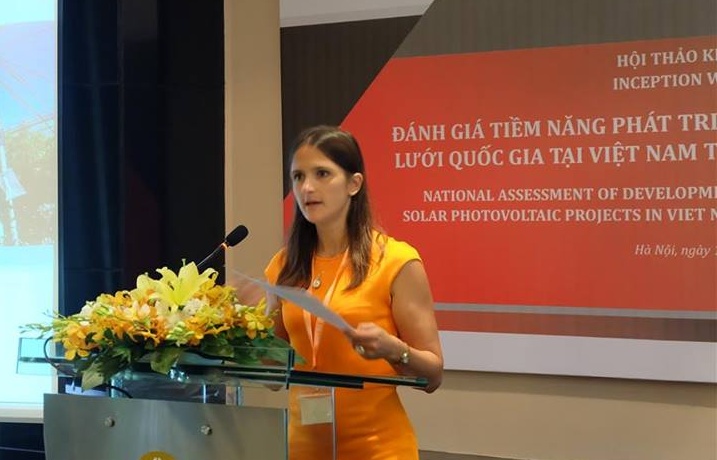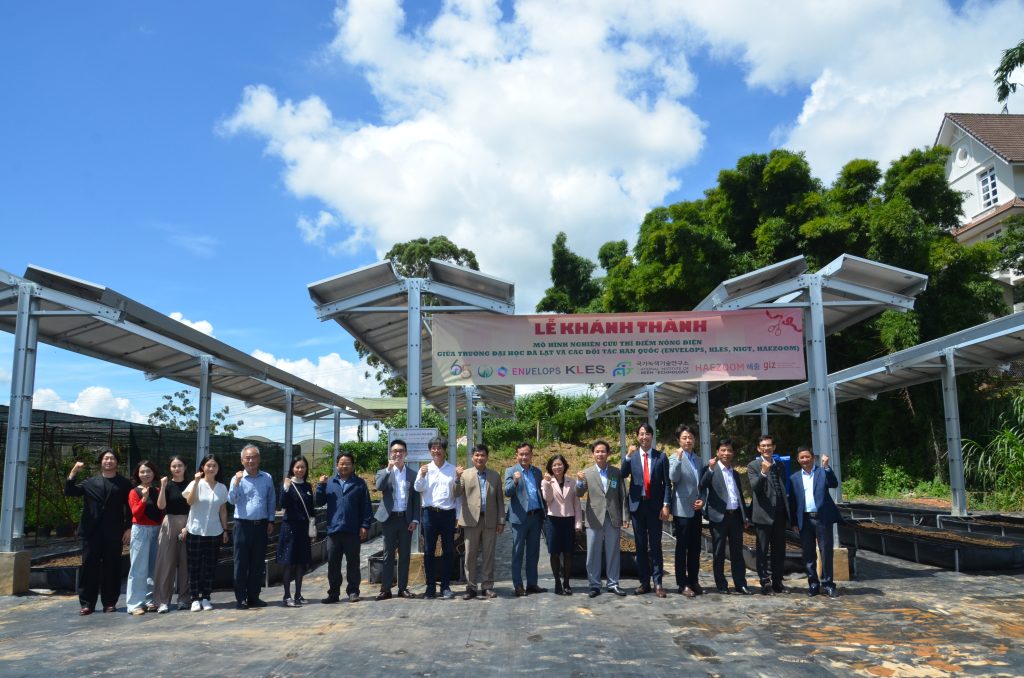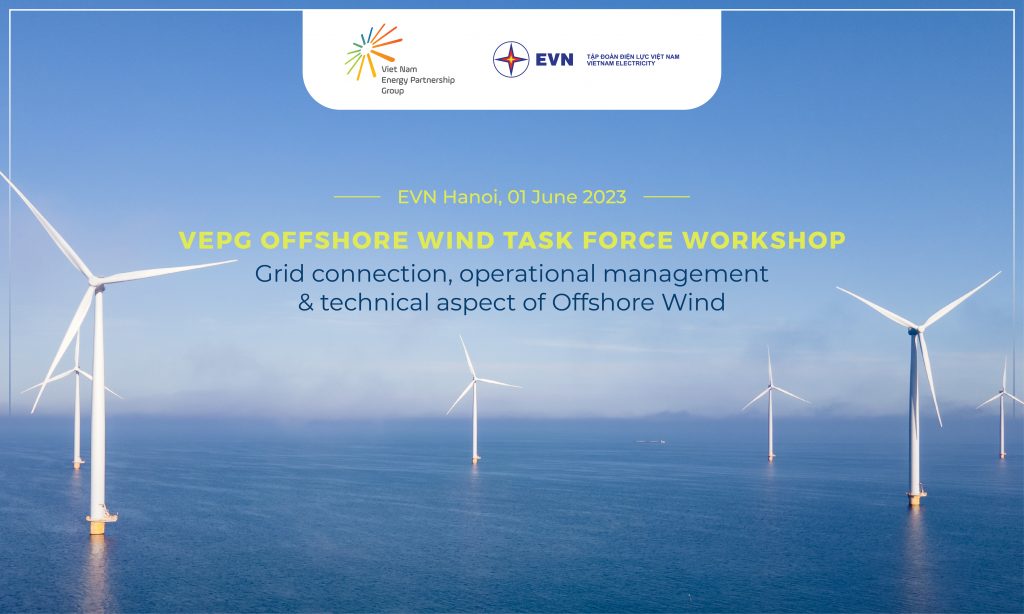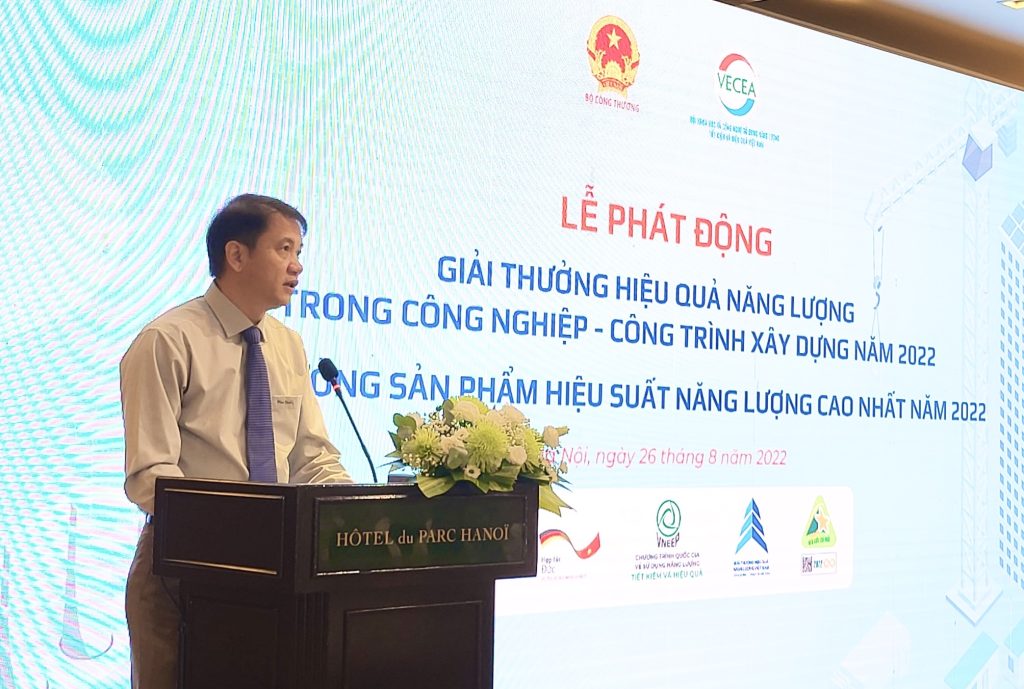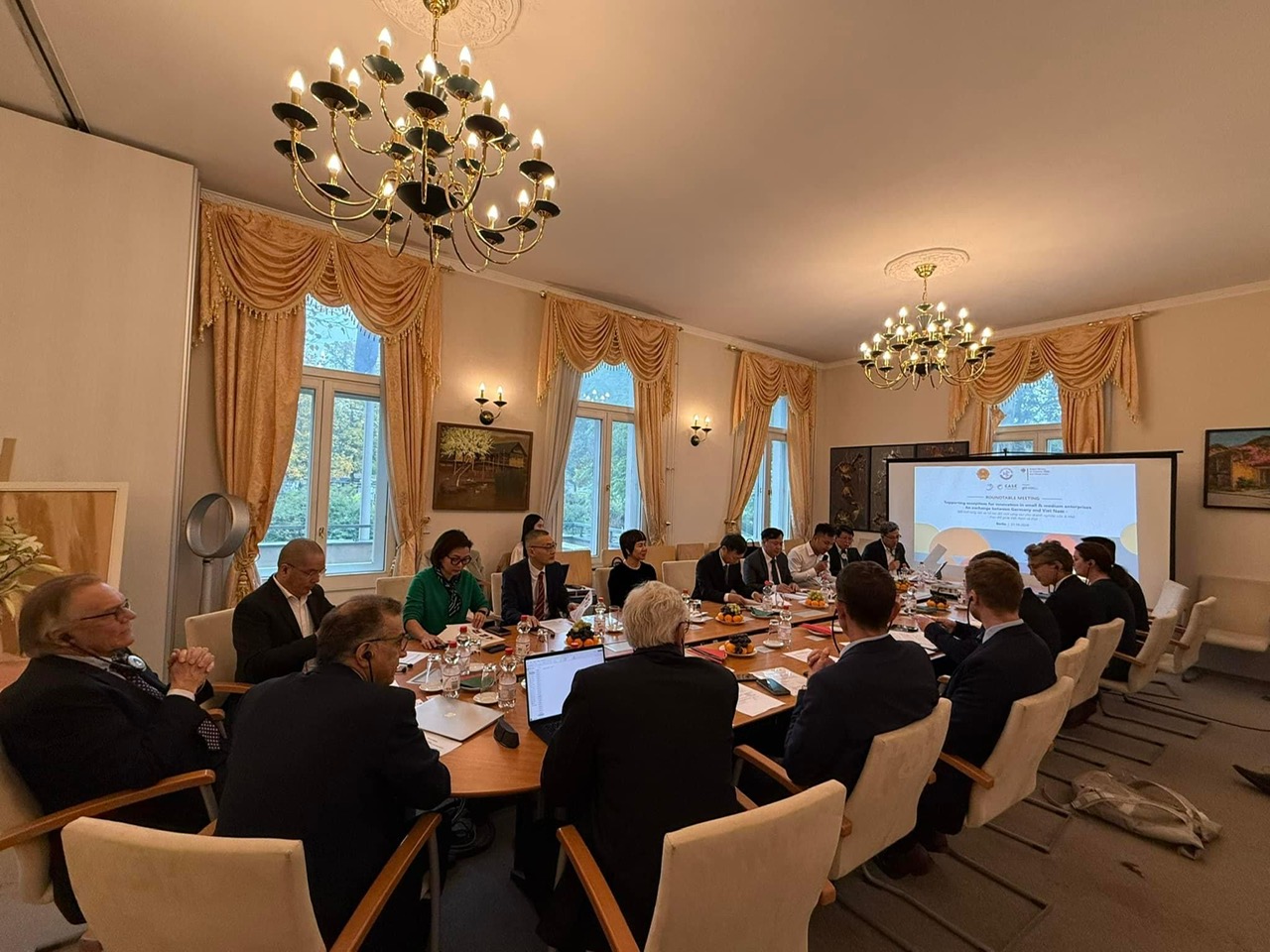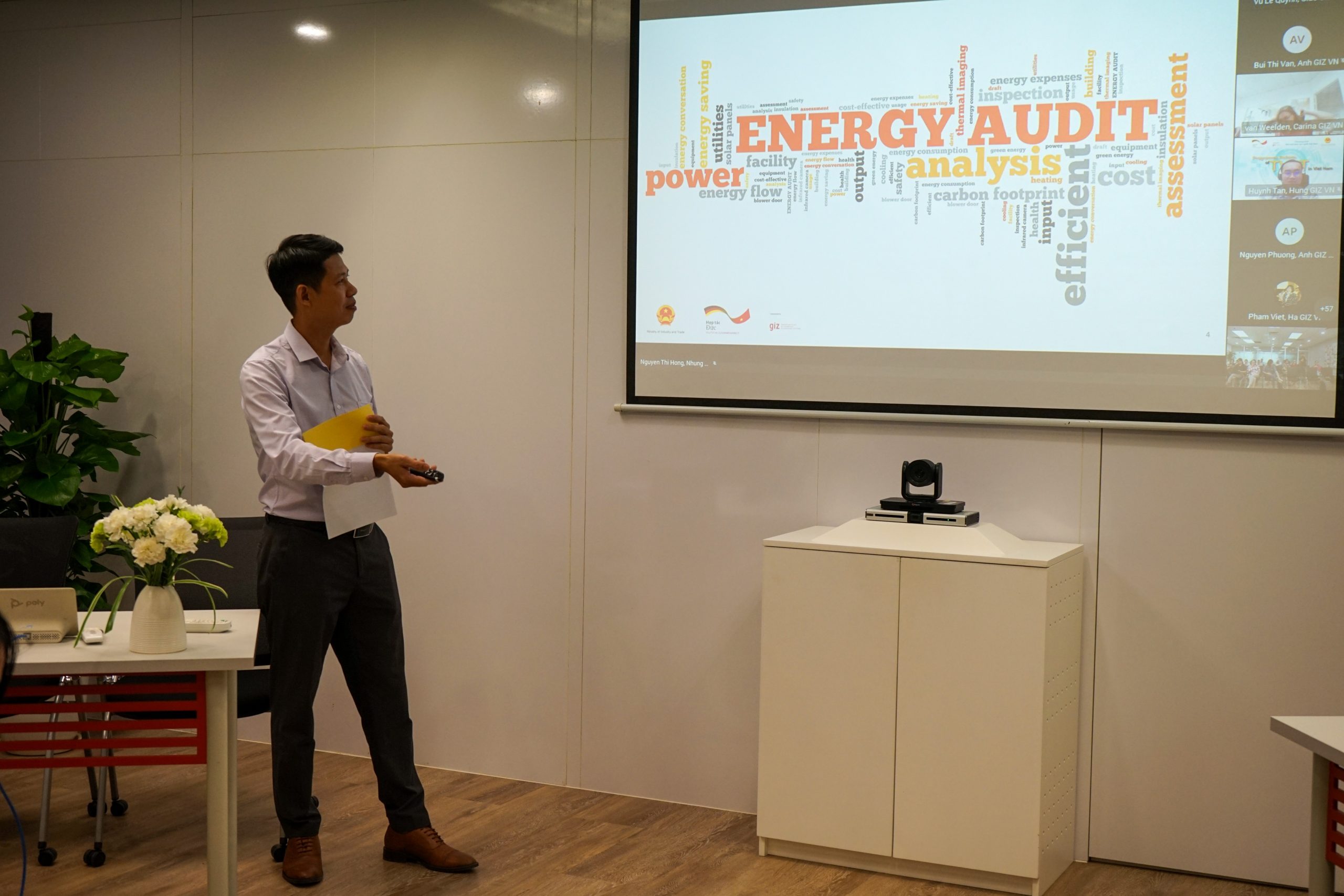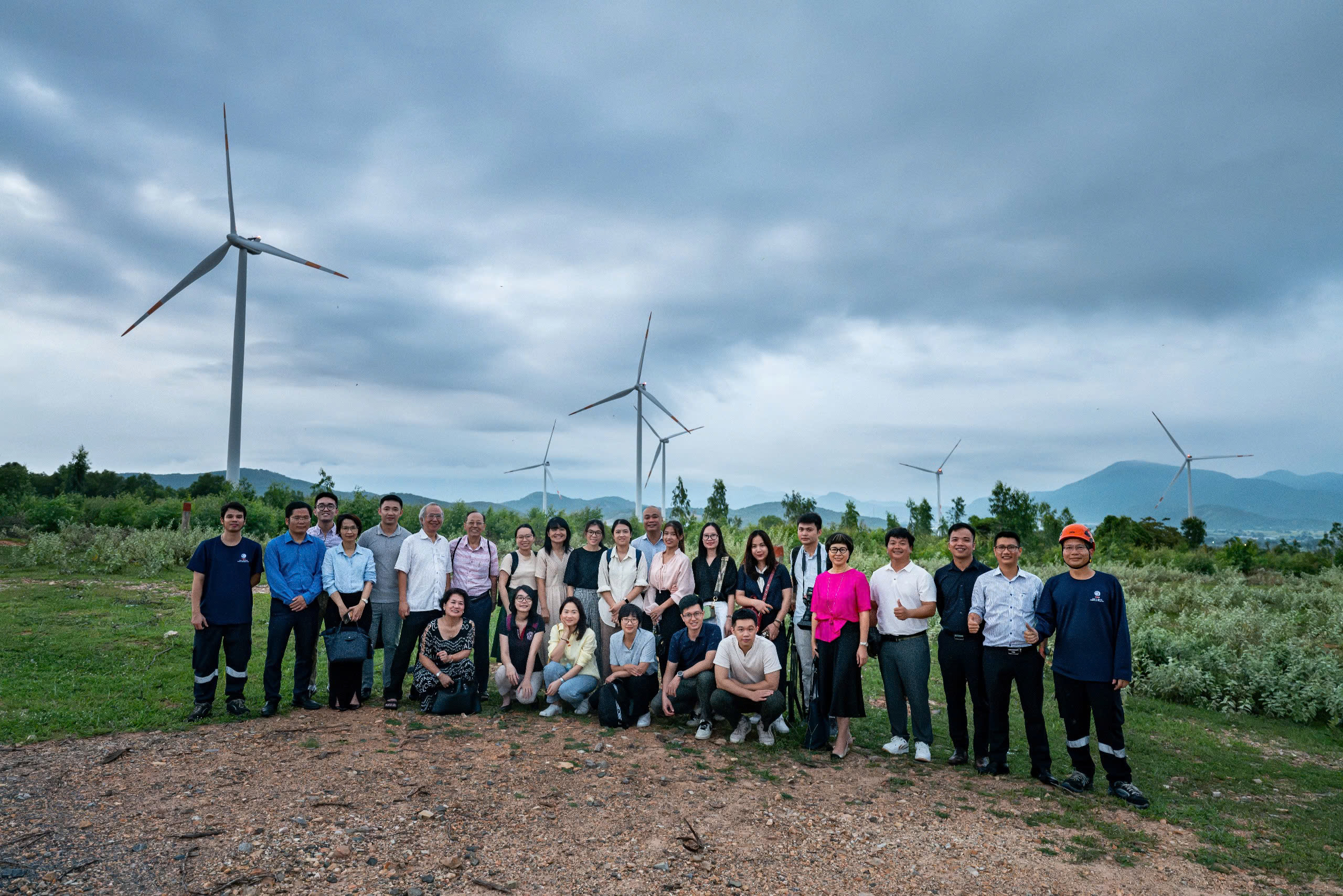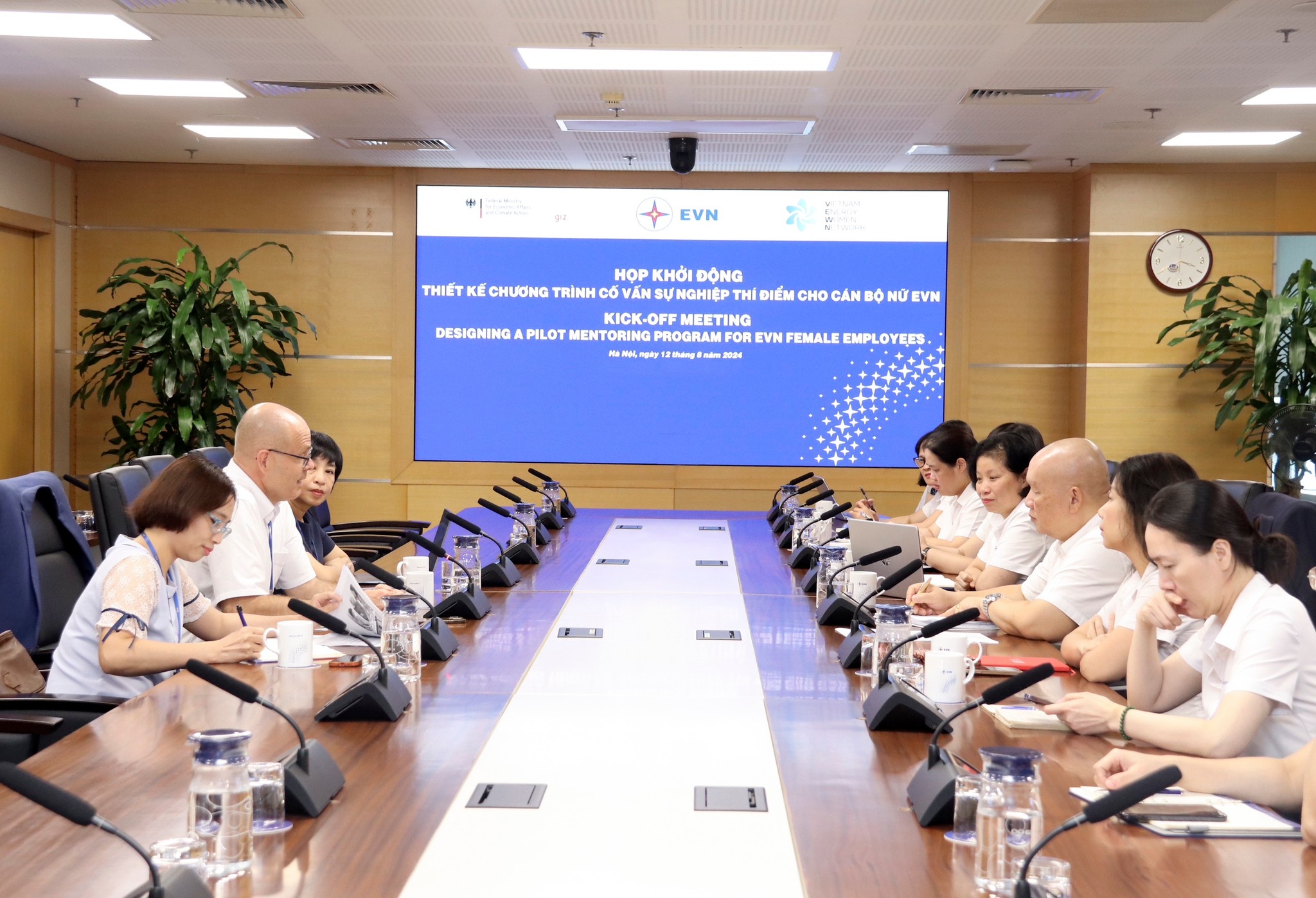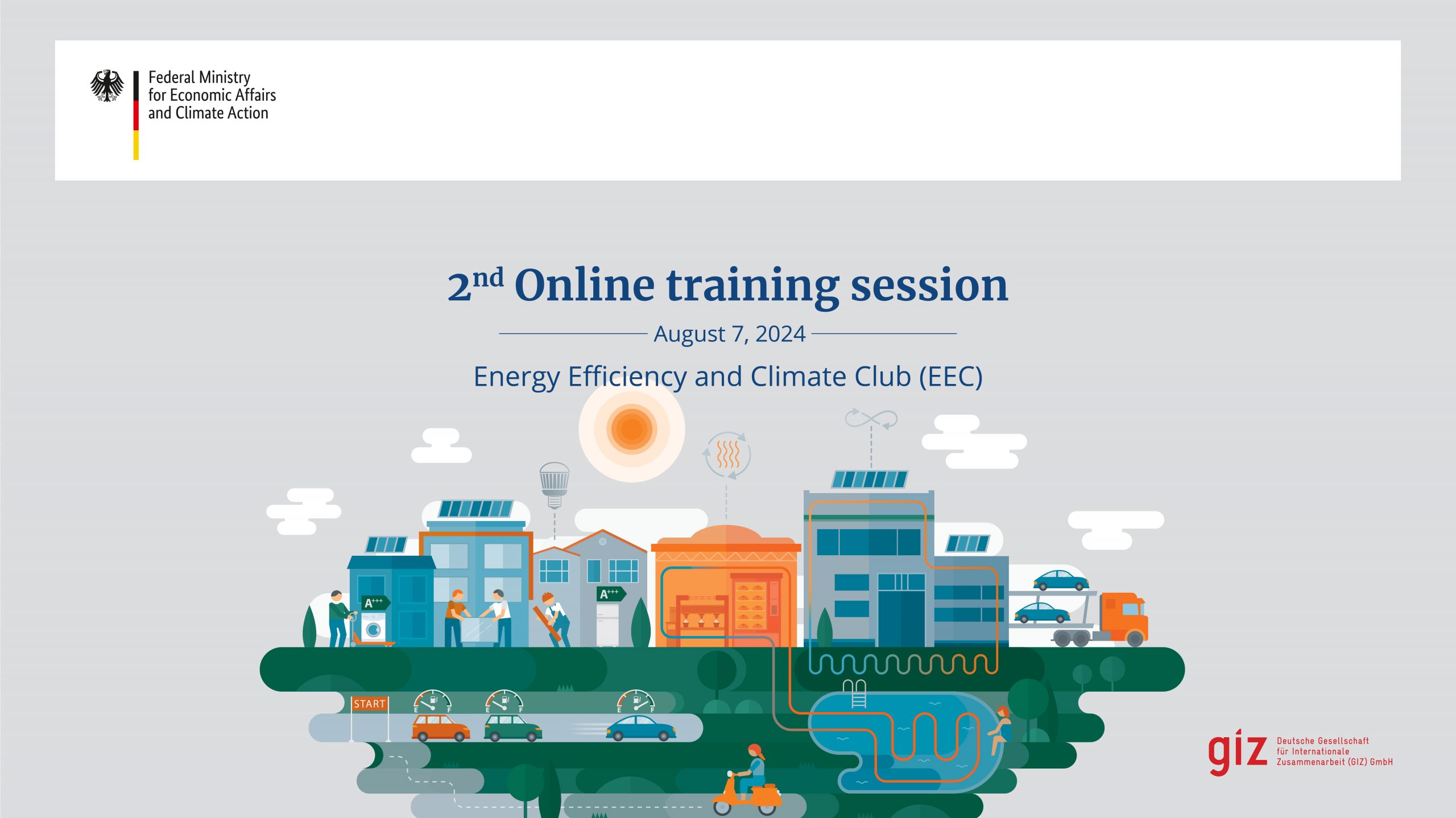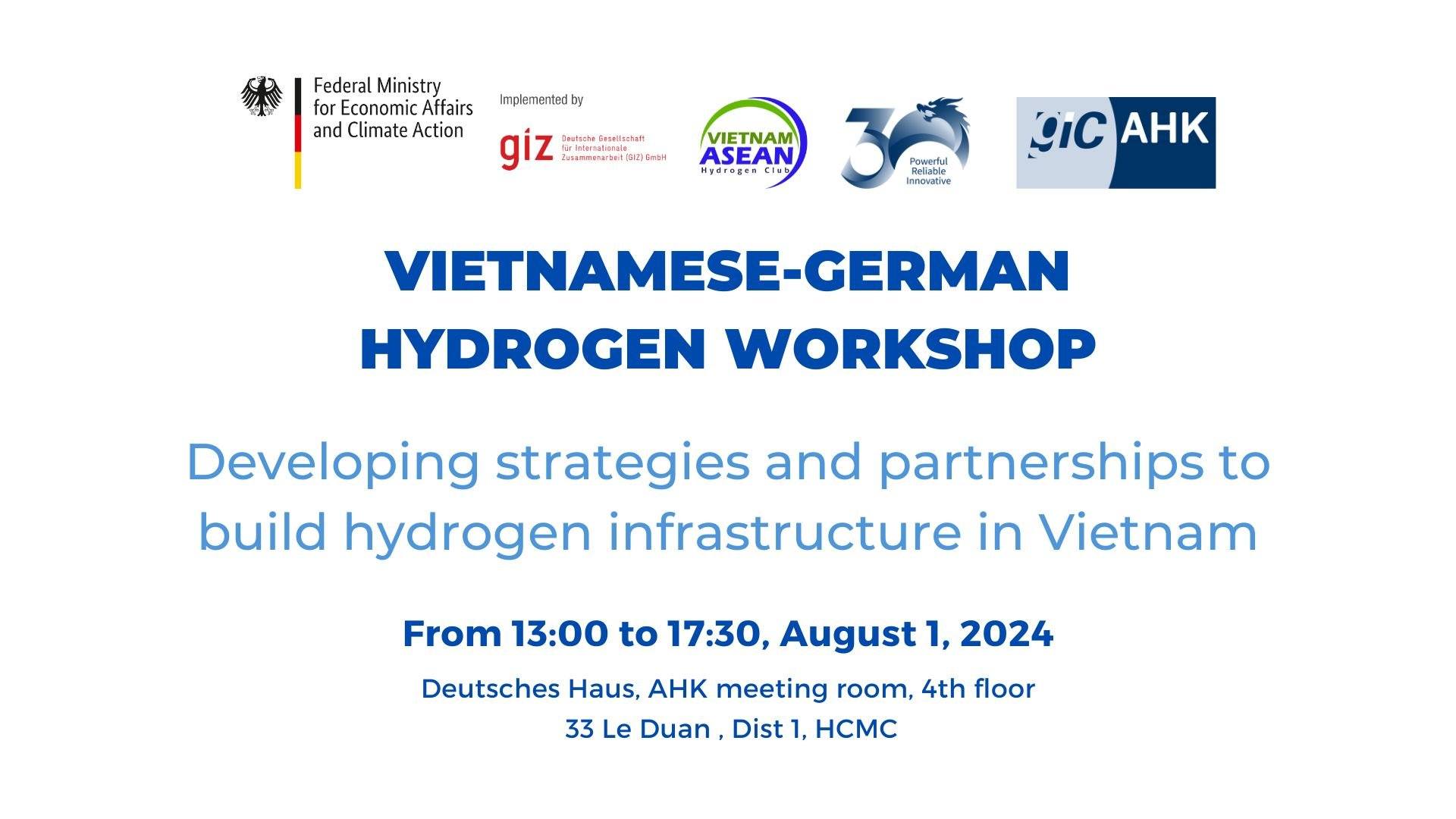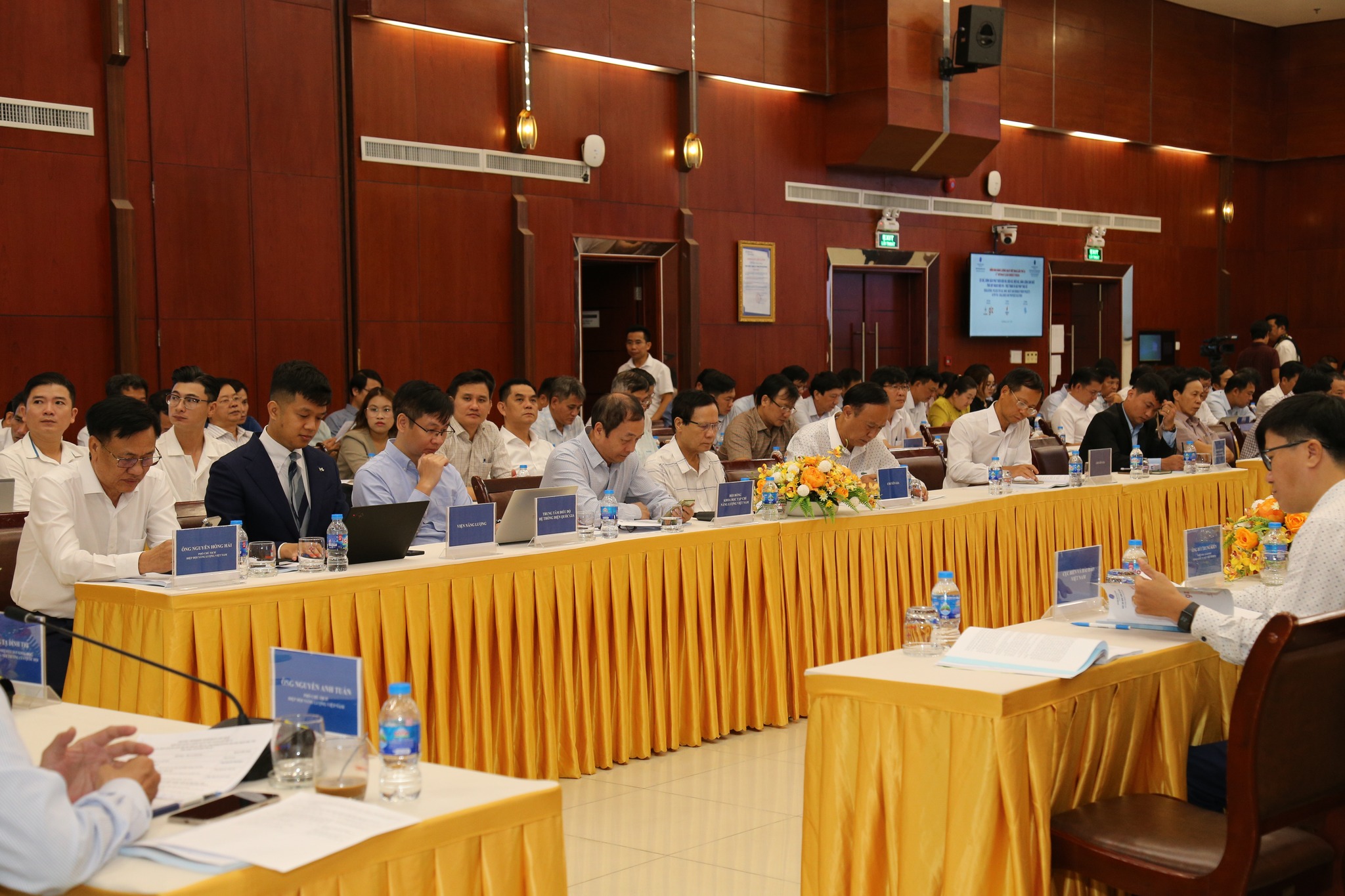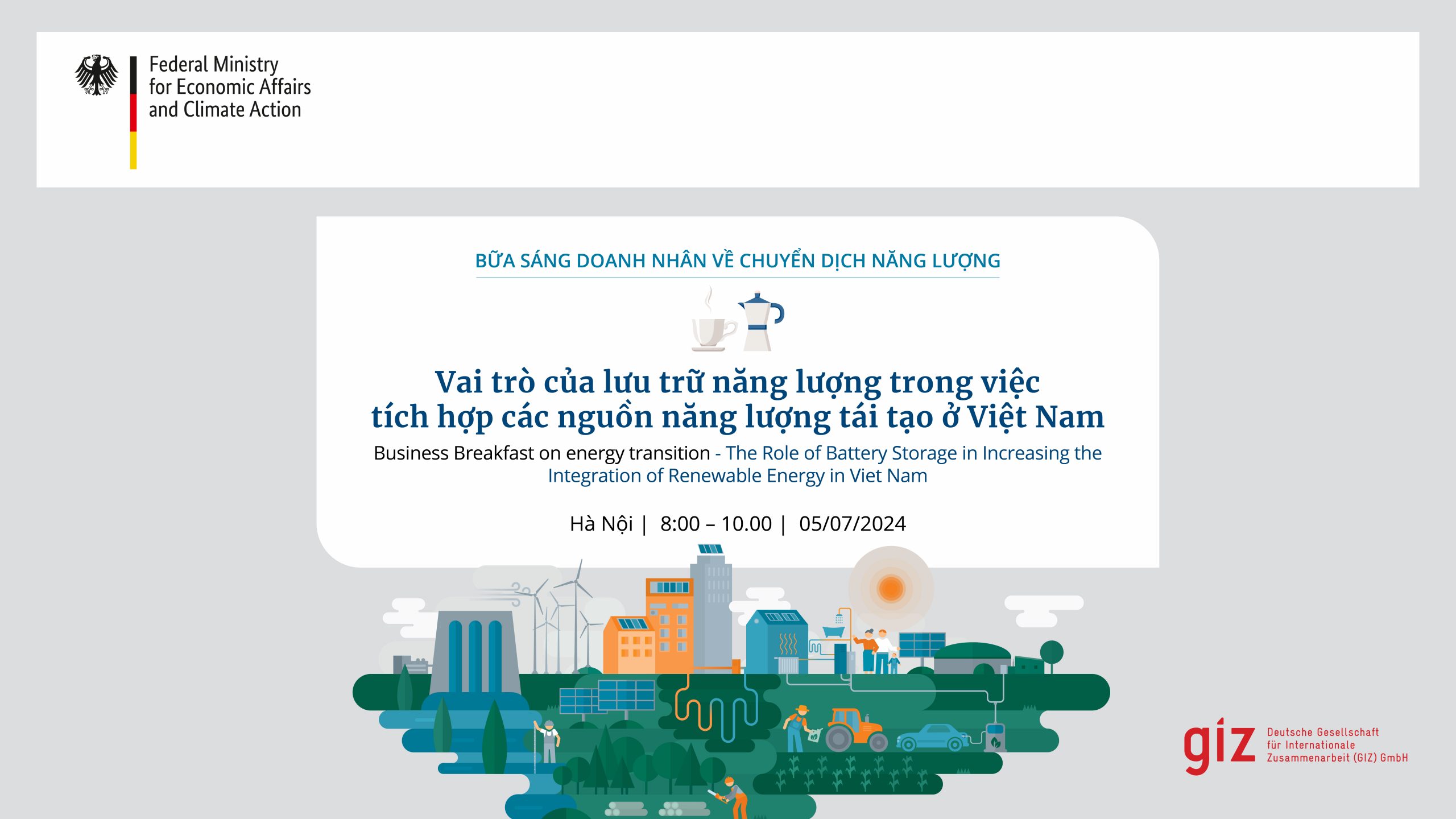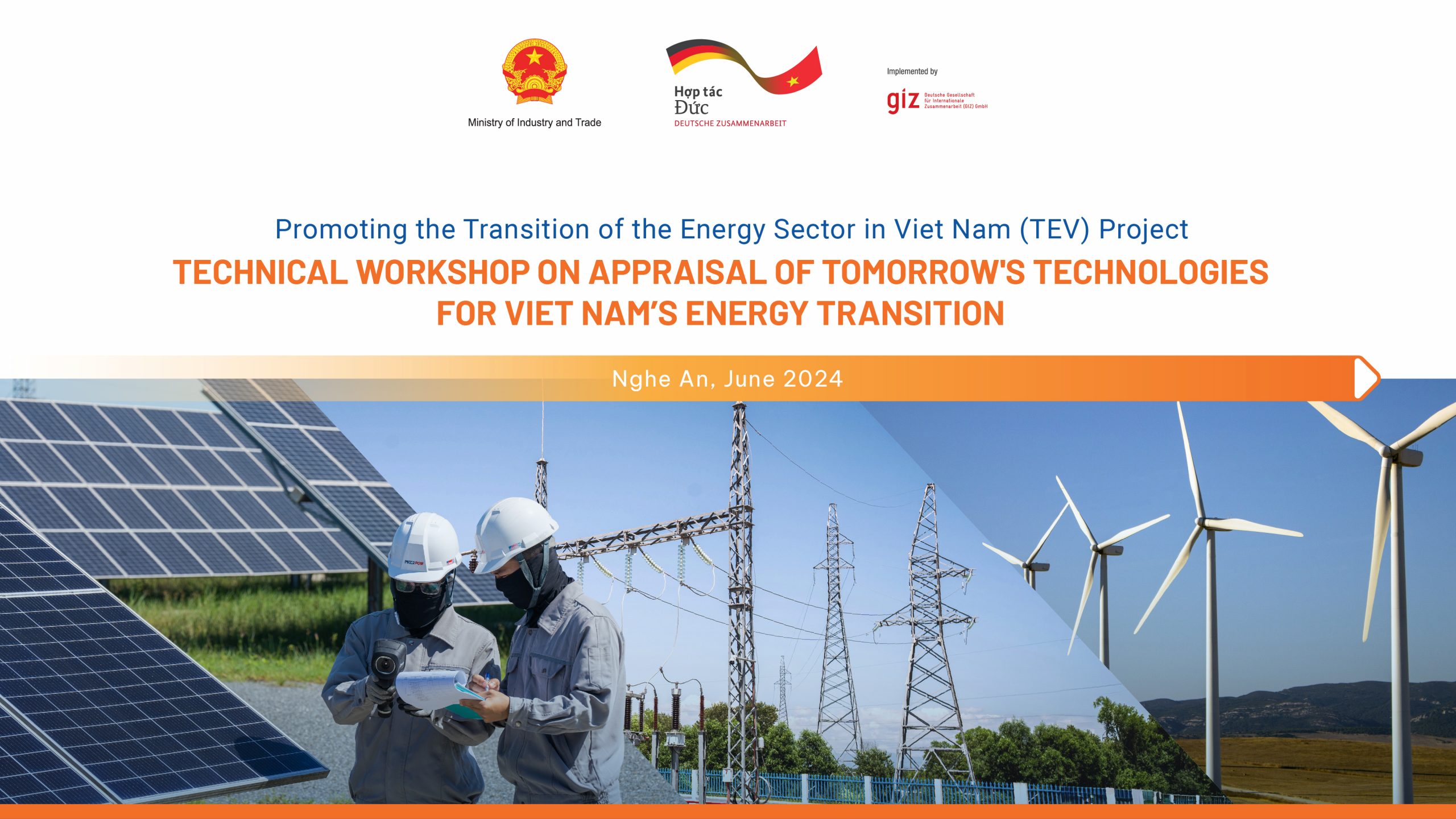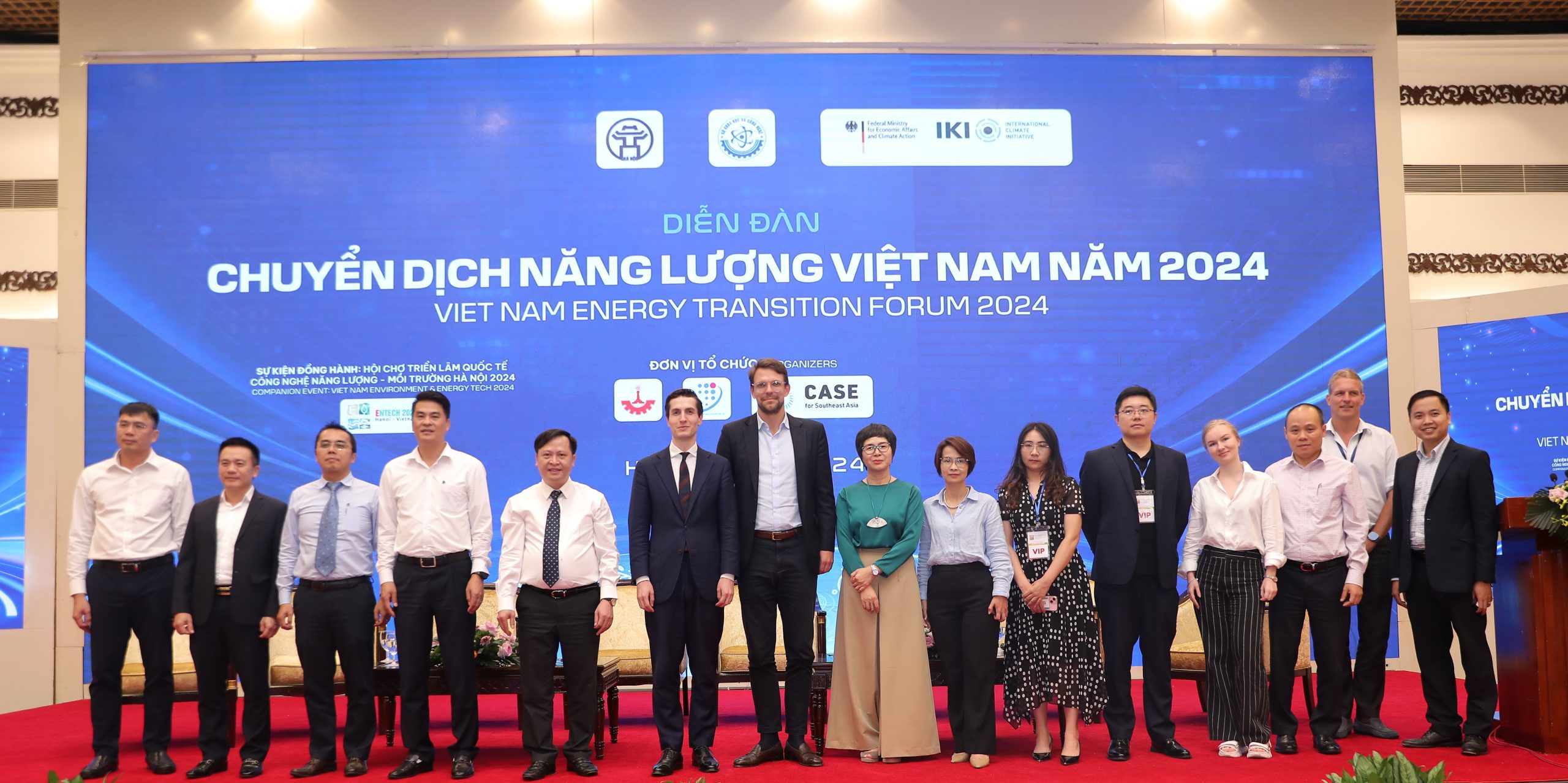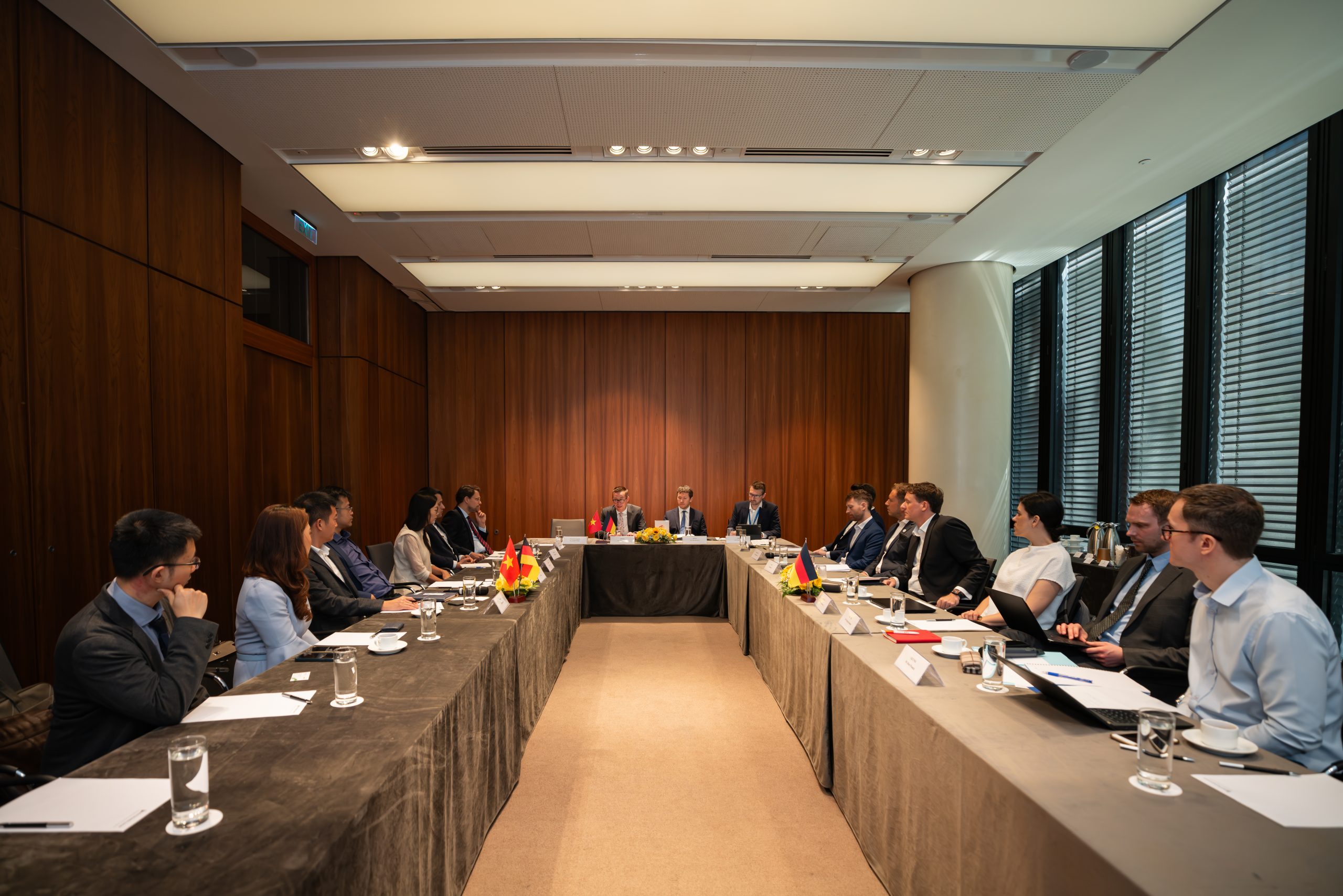On 14 September in Hanoi, the methodology and preliminary calculation of the national potential of ground-mounted solar photovoltaic (PV) in Viet Nam was shared with 50 representatives from 12 provincial governments, investors and other stakeholders at an Inception Workshop of the ”National assessment of development potential of grid-connected solar photovoltaic projects in Viet Nam until 2020 with a vision to 2030”. The workshop was organized within the framework of the Renewable Energy and Energy Efficiency (4E) Project , which is jointly implemented by the Power and Renewable Energy Agency, Ministry of Industry and Trade (MoIT), and the Deutsche Gesellschaft für Internationale Zusammenarbeit (GIZ) GmbH on behalf of the German Federal Ministry for Economic Cooperation and Development (BMZ).
The presented preliminary results were calculated by using geographical information system (GIS) software, applying various criteria such as solar radiation, land use, road and grid networks.
“The National assessment of development potential of solar energy in Viet Nam aims to not only provide a better understanding of the potentials but also to help us to know where solar project developers are working. At the same time, it will facilitate the work for investors and provide inputs for the government to develop the National Solar Development Planning”, said Ms. Sonia Lioret, Head of GIZ’s 4E project at the workshop.
As part of the workshop, the consultants from the Institute of Energy presented the methodology for the solar PV potential assessment and the grid planning. International consultants also shared their experiences on solar energy planning and the booming global solar industry.
According to the Government’s targets, photovoltaics is expected to become the main renewable energy technology, with an increase of the installed capacity from around 6-7 MW by the end of 2015 to 850 MW by 2020 (equivalent to 1.6% of the country’s power generation) and 12 GW by 2030 (equivalent to 3.3% of the country’s power generation).
With the publication of the Prime Minister’s Decision 11/2017 in April, solar power projects are allowed to sell their electricity at a fixed price (feed-in-tariff) of 9.35 US cents/kWh. On 12th September, the Ministry of Industry and Trade has published the circular needed to start implementing the Decision. Thanks to these continuous steps, the government is showing its intentions to join the global trend of solar power development.
In 2017, the installed capacity of solar power worlwide increased by a third and doubled in China.



